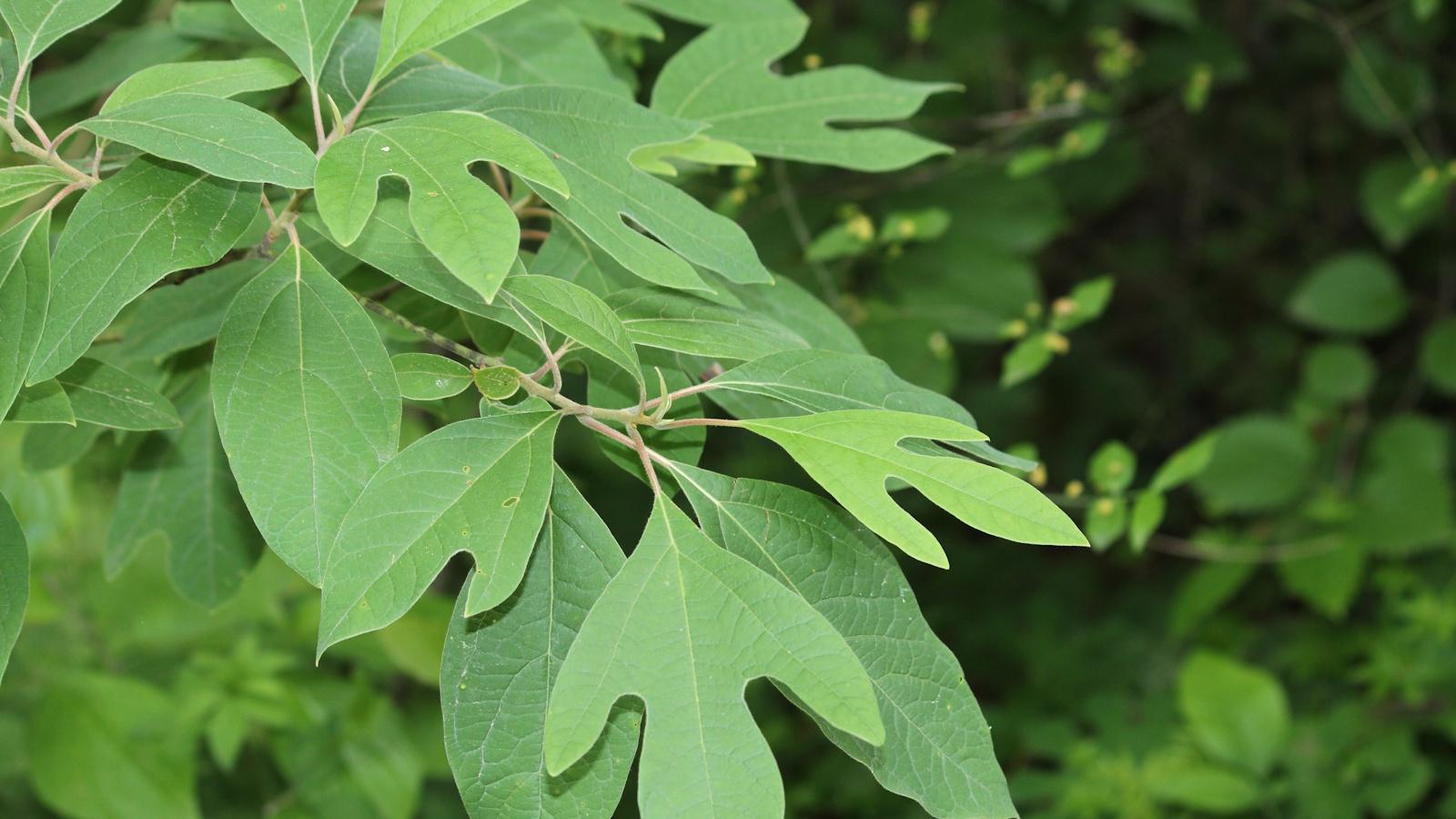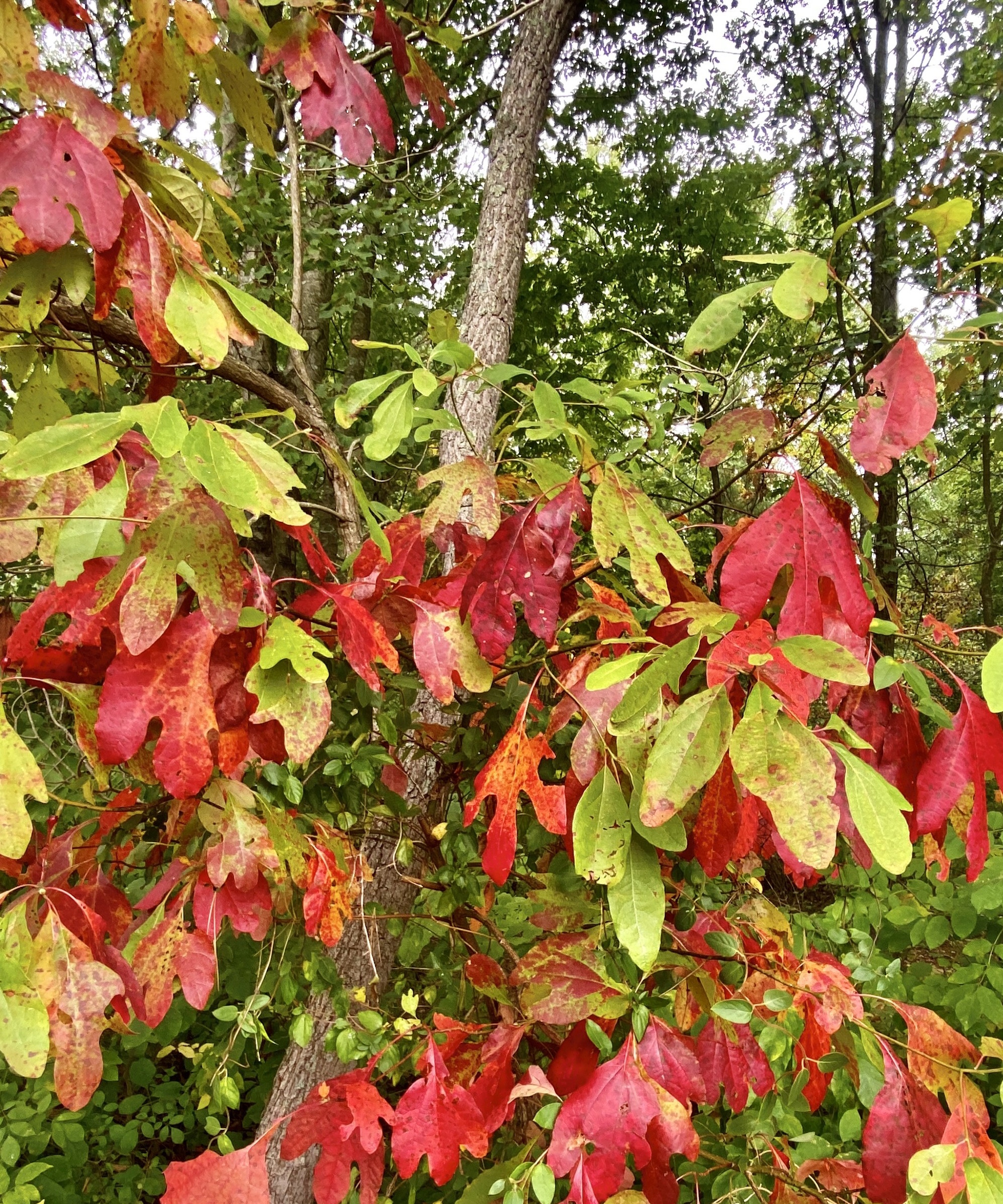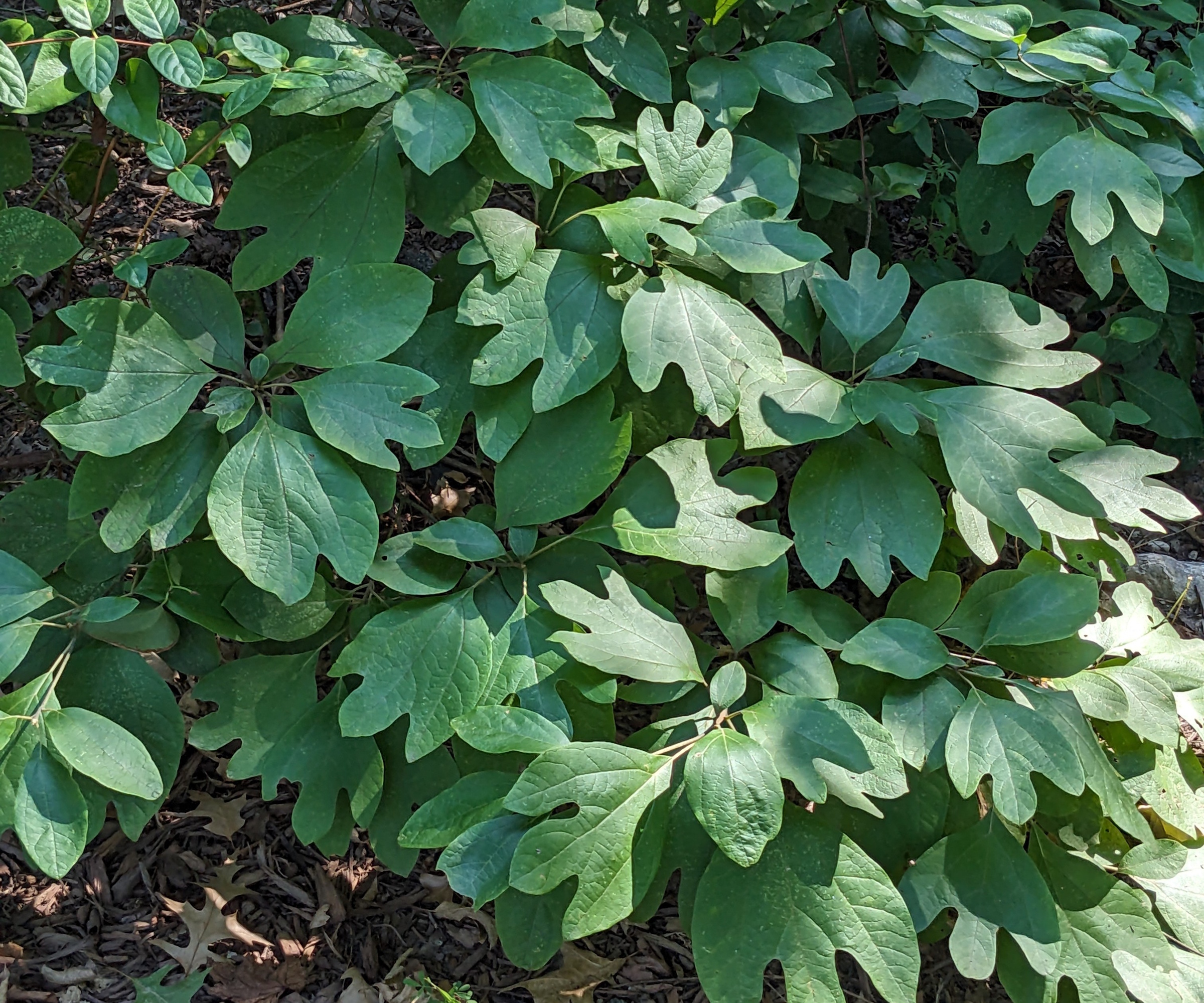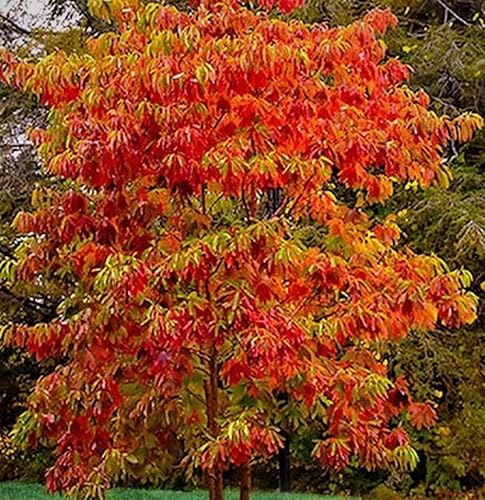How to grow sassafras – for a low-maintenance native tree that can even be planted in shady yards
For an easy-to-grow North American tree, you will not find much better than sassafras


The sassafras tree, Sassafras albium, is a popular native tree that can be found growing in wild areas across much of eastern North America, including in Maine, New York, Michigan and Illinois.
One standout feature of this low-maintenance native tree is its lobed, aromatic foliage that produces a light citrus scent when crushed. The leaves also put on a spectacular fall display, turning from green to different shades of yellow, red, or orange during October and November.
So, if you are looking to add one of the best statement trees to your yard this year, learning how to grow sassafras is a good idea. Here, one plant expert based in Wisconsin reveals all you need to know to succeed.

How to grow sassafras
Learning how to grow sassafras in your backyard is sure to add privacy, structure and color to garden borders. Fortunately for gardeners, this low-maintenance tree is hardy and easy to grow, and once established, it requires little attention.
Growing habits of sassafras

'Sassafras is a low-maintenance tree that can be grown from US hardiness zone 4 to US hardiness zone 9,' says plant expert Katie Sunderlage, who is based in Wisconsin.
'What makes this tree so special is that it is so tolerant of a wide range of environmental conditions, including high humidity, frozen northerly temperatures and high heat in the south.
'Be warned, however,' Katie continues, 'that this is a tree to avoid planting close to a house, as it can grow upwards of 60 feet, with a spread of 25 to 40 feet wide.
Design expertise in your inbox – from inspiring decorating ideas and beautiful celebrity homes to practical gardening advice and shopping round-ups.
'Sassafras has aromatic blooms in the spring and lobed leaves that are also pleasantly scented. The green leaves are either one-lobed, two-lobed or entirely lobed and turn vibrant shades of red, orange and yellow in the fall months, ideal if you want to maximize interest in your plot at all times of the year.
'While not an invasive tree, sassafras can be vigorous, and they do send out suckers that create a large hedge or thicket,' Katie says. 'If grown as a specimen tree, these suckers should be removed regularly to prevent them growing too large.'
Live sassafras plants are available to order from Amazon.

Operations Manager at Holland Group, managing the customer service department and purchasing. Katie has been in the green industry since 2005 in the Greater Milwaukee area, earning her degree in Horticulture in 2008. She has been able to share her love for plants working in multiple garden centers, in sales positions and most recently in an online retail platform at Holland Group.
Care guide for sassafras

- Soil: 'Sassafras is a great option to plant in an area with soil depleted of nutrients,' Katie says. 'In fact, this species can be grown in most terrains, even those with poor soils.' However, avoid growing in waterlogged or boggy conditions, as sassafrass does best in soil with good drainage.
- Light: For the best results, 'grow sassafrass in full to part shade, ideally somewhere with plenty of sunshine each day. It can tolerate shady yards,' Katie says, 'but they do require at least two or more hours of sunshine each day.'
- Watering: Consistent watering is important for your sassafrass tree during the first year after planting. 'Follow a deep watering approach for young saplings,' Katie adds, 'regularly watering until they are established. However, after a few years, watering is no longer necessary, and these tough trees will be able to fend for themselves and access what they need in the soil.'
- Fertilizing: 'It is generally not necessary to feed sassafrass trees,' Katie says. 'This would be a fertilizing mistake and could actually stunt the growth of the tree. These resilient native trees can access what they need in the earth, and annually mulching your borders will help to improve soil health and structure.'
- Pruning: 'Pruning is important if you want to maintain an even shape,' Katie says. 'Remove dead, damaged or weak branches in late winter or early spring, before new growth emerges. In addition, snip suckers regularly as they shoot, to prevent them growing too large. Overall, sassafras is a great tree that works in a wide variety of locations with very little to no maintenance required.'
- Toxicity: Sassafras trees are considered poisonous plants, so be careful when planting and pruning them. They contain safrole, a compound that is considered a carcinogen and can cause liver damage. Always wear gardening gloves, available from Walmart, when handling, to prevent any sap from touching your skin, and keep an eye on pets and children in the yard.
FAQs
Can I grow a sassafras tree in a pot?
While you can grow sassafrass in a pot, it is not recommended. This species has a deep tap root and does not transplant well, so even in a large container, you would need to regularly repot, which could spell danger for the tree. For native trees to grow in pots, stick with redbuds or dogwoods.
While this low-maintenance species is generally problem-free, sassafras does tend to have a disproportionately slim trunk when compared to its height and canopy. During high winds and stormy weather, this makes it susceptible to wind damage, so keep an eye on your plants during fall and winter, and use a post to support young trees if needed.
For more native tree inspiration, see our guide on how to grow eastern redbuds, to enjoy a cheerful display of spring blossoms in the coming years.
Shop garden accessories

Thomas is a Content Editor within the Gardens Team at Homes and Gardens. He has worked as a professional gardener for both public spaces and private estates, specializing in productive gardening, growing food and flowers. Trained in Horticulture at the Garden Museum, he has written on gardening and garden history for various publications, including The English Garden, Gardens Illustrated, Hortus, The London Gardener and Bloom. He has co-authored a Lonely Planet travel book, The Tree Atlas, due out in 2024.


